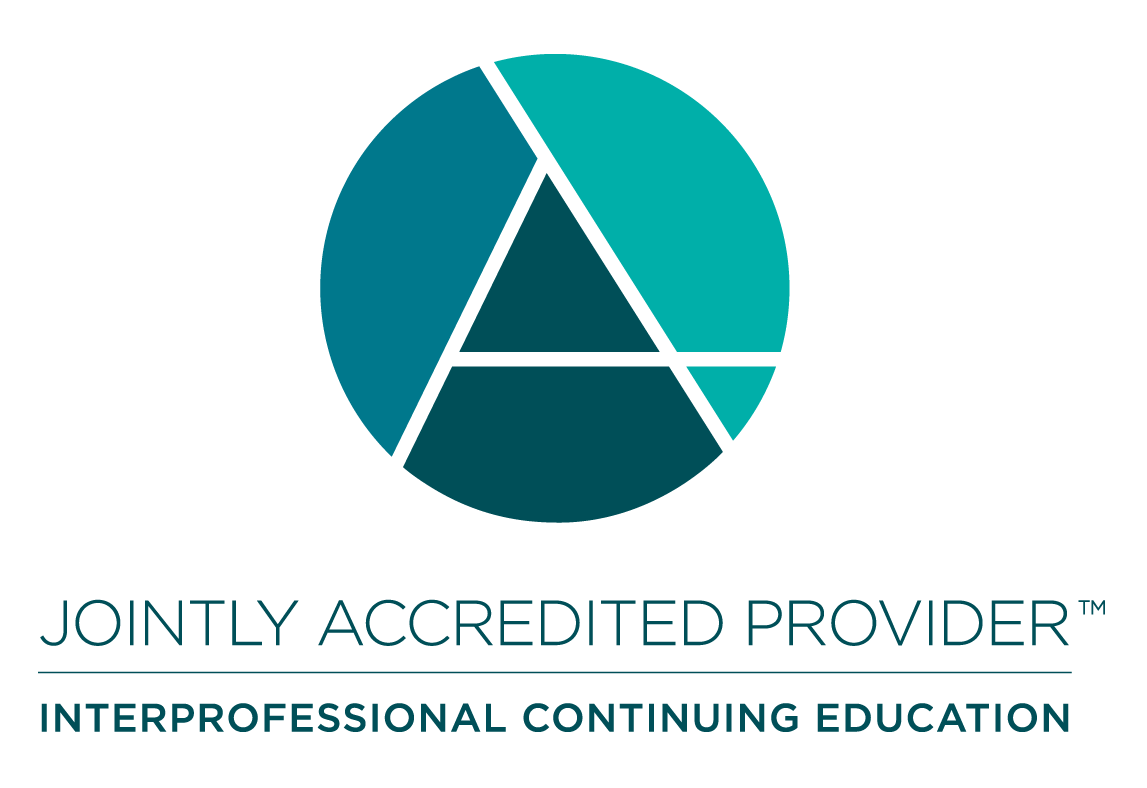University of Pittsburgh Health Sciences eLearning Environment Internet-based Studies in Education and Research
 INTRODUCTION
INTRODUCTION
 3-28-2023 - Medical Grand Rounds: Bench to Bedside -Innovations in Improving Care for Patients with Chronic Kidney Disease
3-28-2023 - Medical Grand Rounds: Bench to Bedside -Innovations in Improving Care for Patients with Chronic Kidney Disease
 QUIZ
QUIZ
 EVALUATION
EVALUATION
 CERTIFICATE
CERTIFICATE
Credit Hours: CME 1.00
Faculty, residents, fellows, and community physicians in General Internal Medicine and subspecialties.
Upon completion of this activity, participants should be able to:
- Recognize the challenges in CKD management
- Describe newer models of CKD care delivery
- Examine Multi-disciplinary Team approach for CKD
- Explain how renal denervation is a novel treatment for both HTN and CKD
- Evaluate how inflammation (or other factors) increase sensory nerve activity in kidney injury
- Describe sensory nerve ablation reduces BP and increases GFR
Suggested additional reading:
- Chu CD, Powe NR, McCulloch CE, et al. Trends in Chronic Kidney Disease Care in the US by Race and Ethnicity, 2012-2019. JAMA Netw Open. 2021;4(9):e2127014. doi:10.1001/jamanetworkopen.2021.27014
- Claudel, Sophie E.1; Schmidt, Insa M.2; Verma, Ashish2. A Call for Implementation Science: Achieving Equitable Access to SGLT2 Inhibitors. Kidney360 3(5):p 942-944, May 26, 2022. | DOI: 10.34067/KID.0001512022
- Chu CD, Lamprea-Montealegre JA, Estrella MM. Too Many for Too Few: Finding Appropriate Nephrology Referrals for Patients With CKD That Optimize Outcomes. Am J Kidney Dis. 2022 Mar;79(3):330-332. doi: 10.1053/j.ajkd.2021.09.020. Epub 2022 Jan 12. PMID: 35031165.
- Schmieder RE. Renal denervation: where do we stand and what is the relevance to the nephrologist? Nephrol Dial Transplant. 2022 Mar 25;37(4):638-644. doi: 10.1093/ndt/gfaa237. PMID: 33200209.
- Veelken, J Am Soc Nephrol, 2008, 19(7): 1371
- Ong, J Neurophysiol, 2019; 122(1): 358
Joint Accreditation Statement In support of improving patient care, the University of Pittsburgh is jointly accredited by the Accreditation Council for Continuing Medical Education (ACCME) and the Accreditation Council for Pharmacy Education (ACPE), and the American Nurses Credentialing Center (ANCC), to provide continuing education for the healthcare team.
In support of improving patient care, the University of Pittsburgh is jointly accredited by the Accreditation Council for Continuing Medical Education (ACCME) and the Accreditation Council for Pharmacy Education (ACPE), and the American Nurses Credentialing Center (ANCC), to provide continuing education for the healthcare team.
The University of Pittsburgh School of Medicine designates this enduring material activity for a maximum of 1.0 AMA PRA Category 1 Credit[s]™. Physicians should only claim credit commensurate with the extent of their participation in the activity. This educational activity is approved for 1.0 contact hours.
Other health care professionals will receive a certificate of attendance confirming the number of contact hours commensurate with the extent of participation in this activity.
Dr. Jhamb is a consultant with Xcenda, LLC; and Boehringer Ingelheim, LLC. Dr. Jhamb also receives grant/research support from Bayer, and Pfizer.
No relationships with industry relevant to the content of this educational activity have been disclosed.
This activity is approved for AMA PRA Category 1 Credit™
The University of Pittsburgh is an affirmative action, equal opportunity institution.